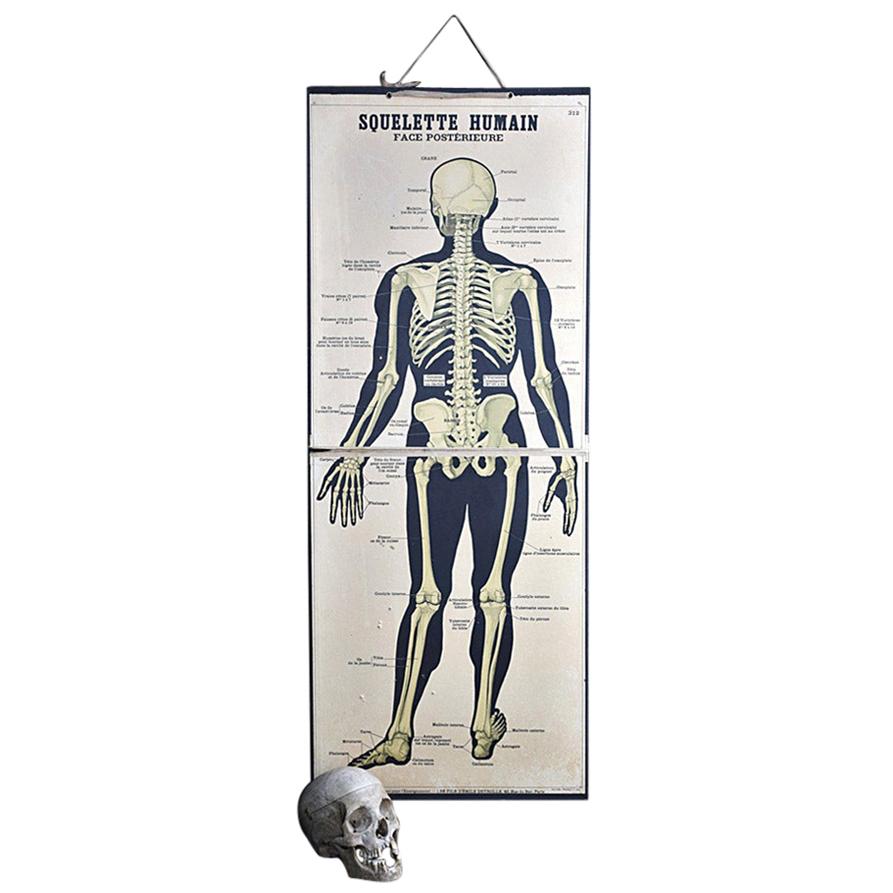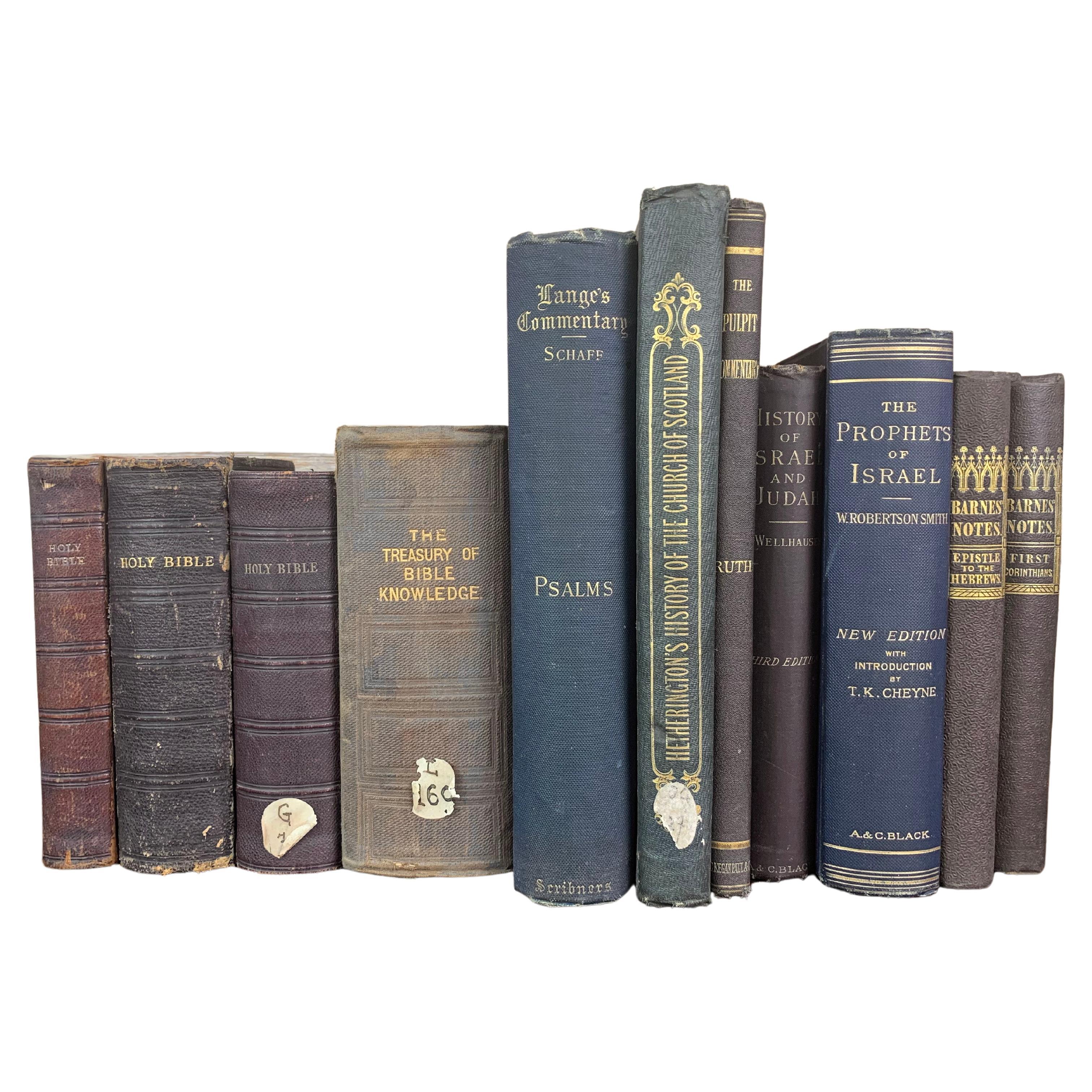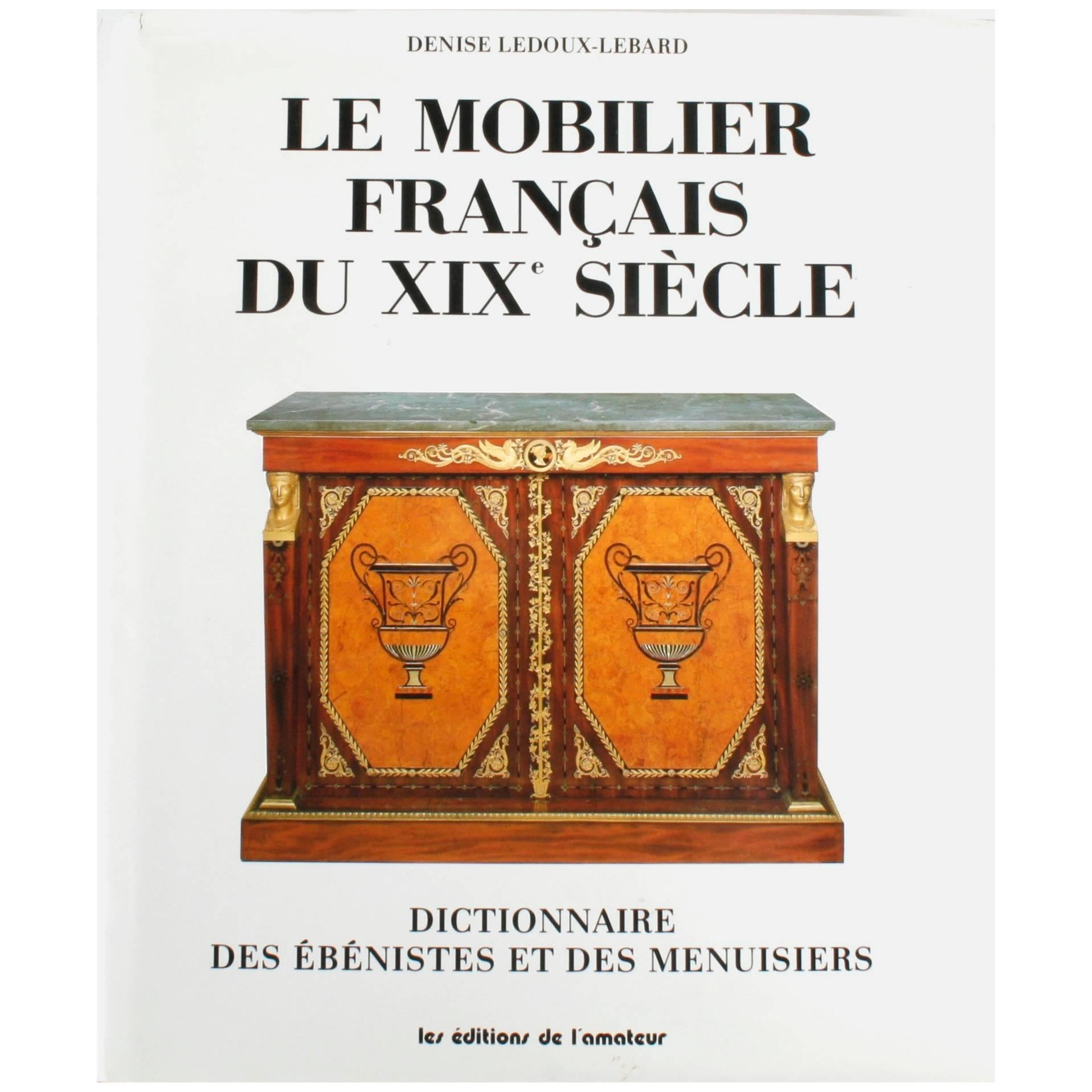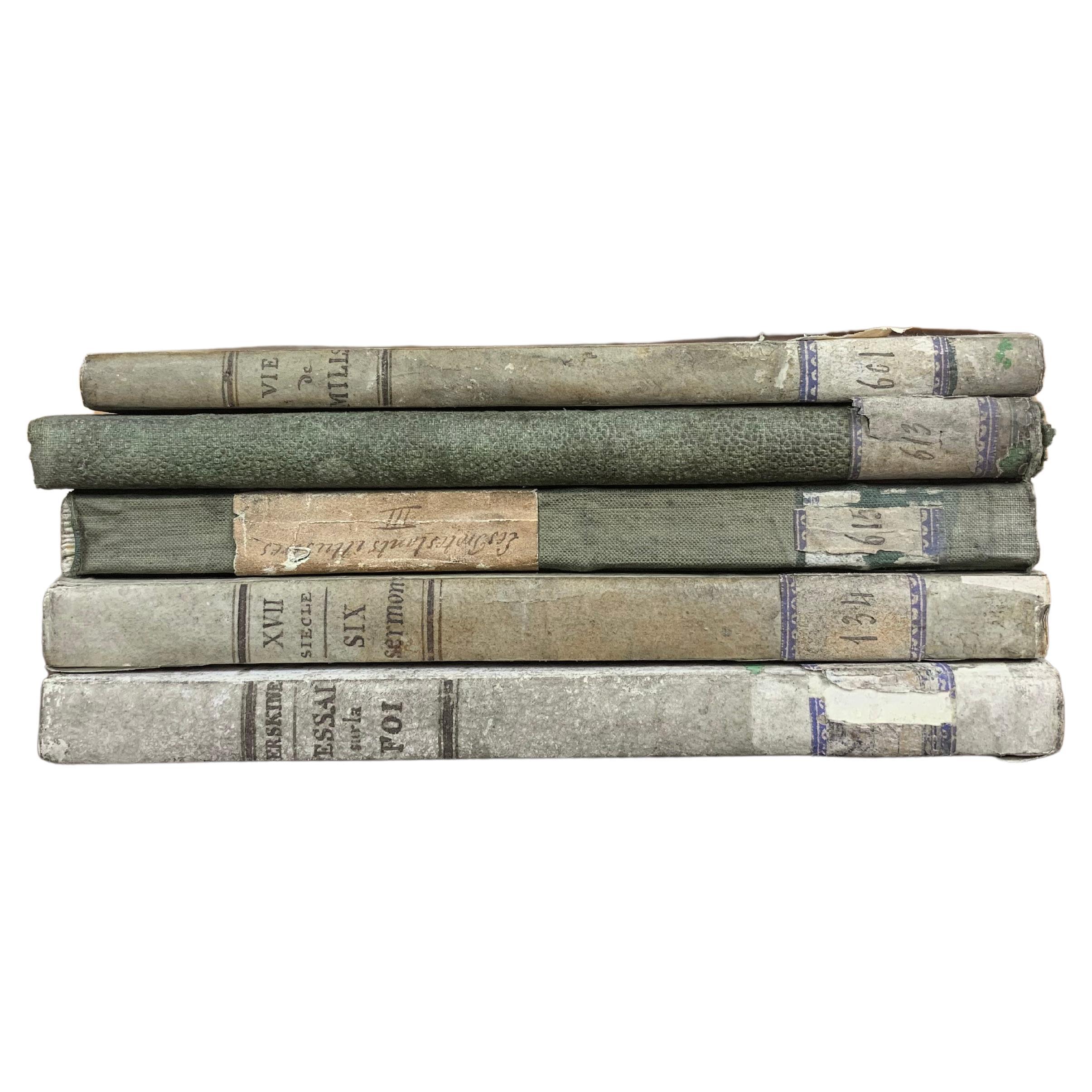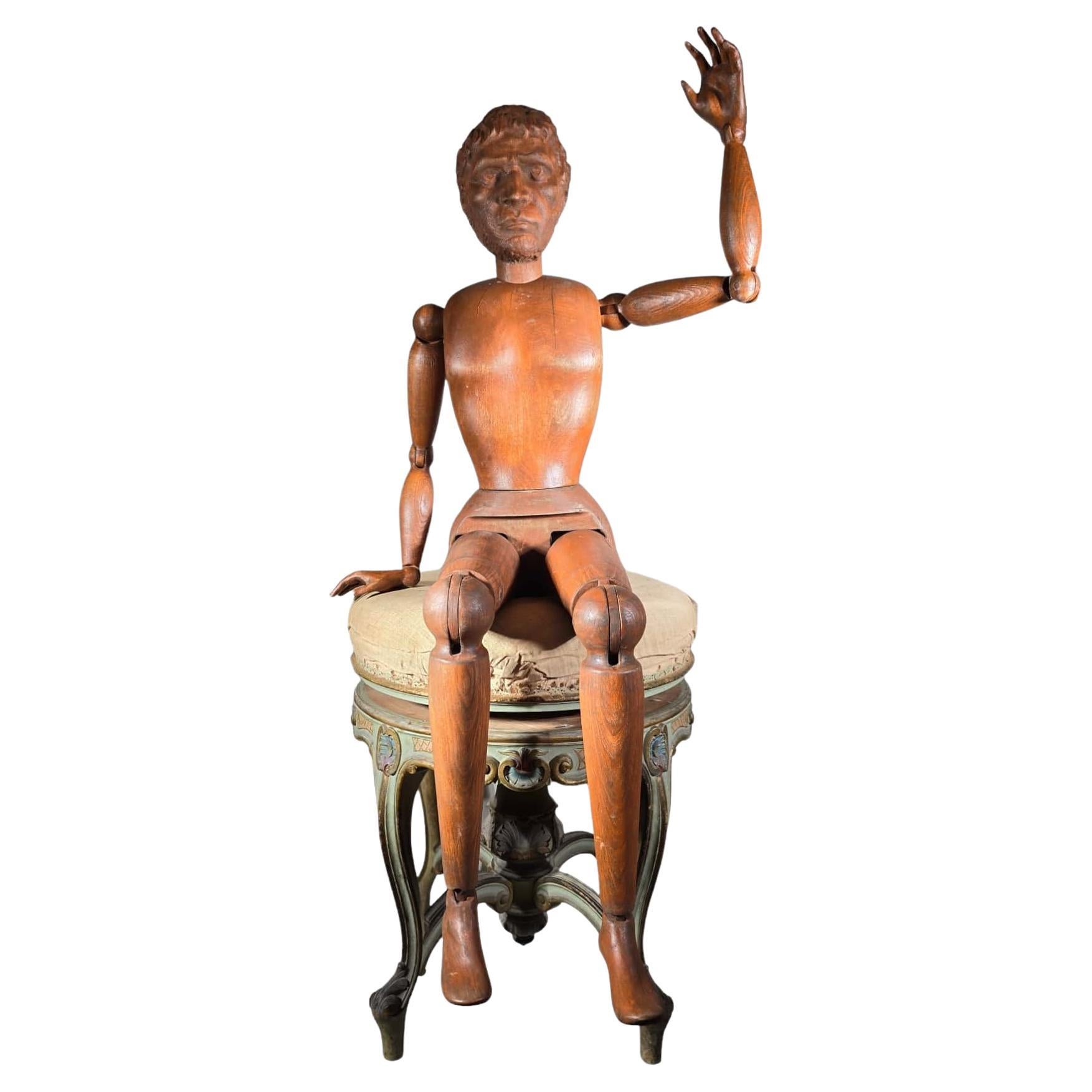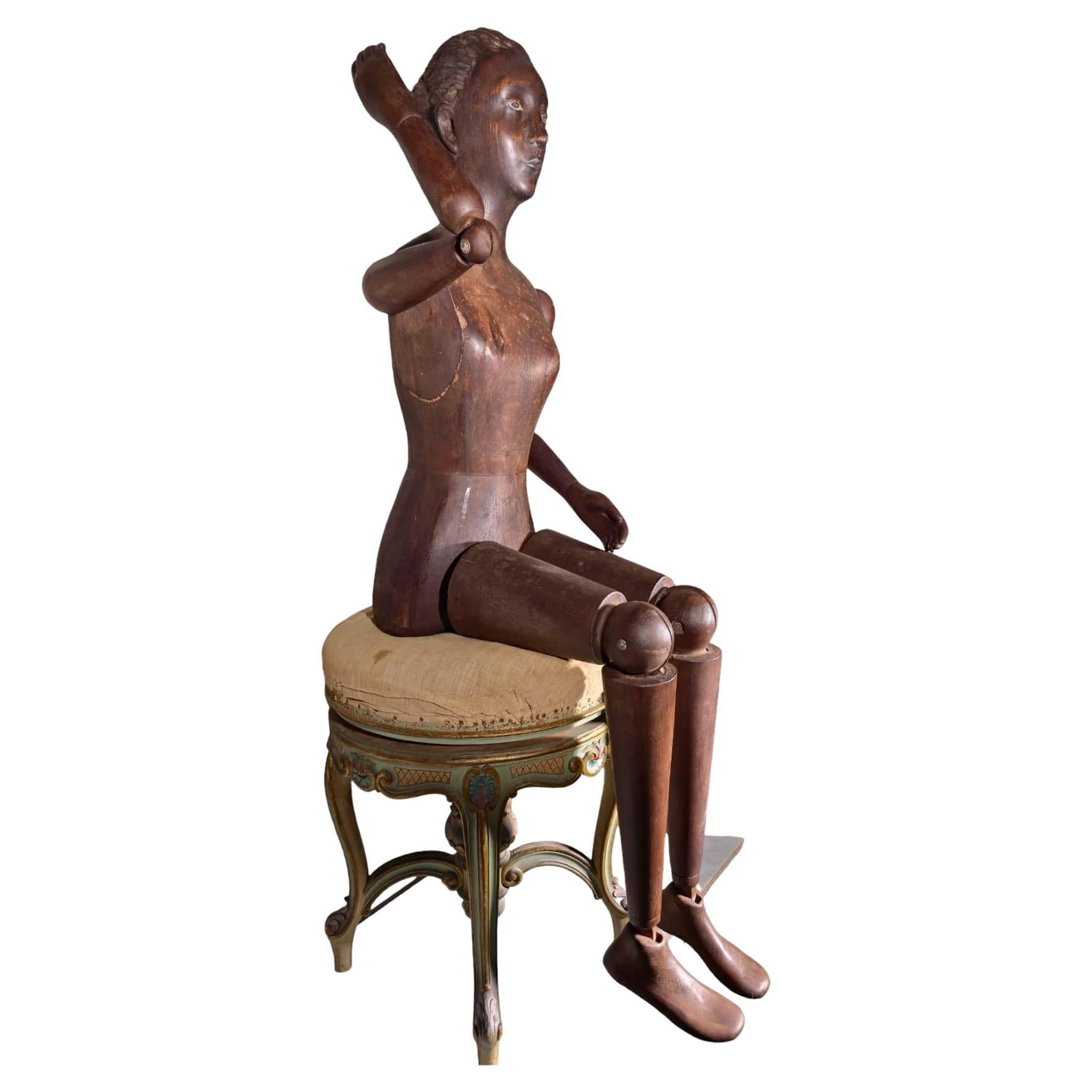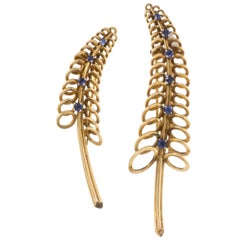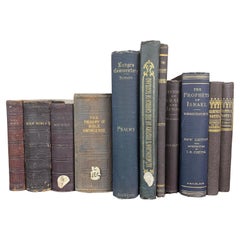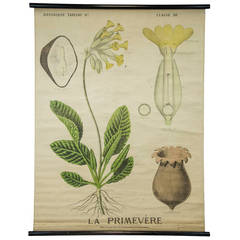
End of the 19th Century Botany Panel from Maison Deyrolle "The Primerose"
View Similar Items
1 of 5
End of the 19th Century Botany Panel from Maison Deyrolle "The Primerose"
About the Item
- Dimensions:Height: 46.46 in (118 cm)Width: 35.44 in (90 cm)
- Place of Origin:
- Period:
- Date of Manufacture:circa 1866-1888
- Condition:
- Seller Location:Saint-Ouen, FR
- Reference Number:Seller: 15231stDibs: LU105561258984
You May Also Like
- 19th Century French Émile Deyrolle Anatomical Lithograph PosterLocated in London, GBÉmile Deyrolle Anatomical poster A wonderfully rare and decorative curio medical French (Paris) original lithograph on board anatomical poster in ...Category
Antique 1880s French Early Victorian Scientific Instruments
MaterialsPaper
- Two Pins in Gold Marchak, Paris, from the End of the 19th Century Art DecoBy MarchakLocated in Madrid, ESTwo pins in gold Marchak, Paris French, from the end of the 19th century Art Deco, in 18kt gold, marked and numbered nº 23493/23494, abstract leaves, set with 10 round cut sapphires....Category
Antique Late 19th Century French Art Deco Collectible Jewelry
MaterialsGold
$3,057 Sale Price / set20% OffFree Shipping - Lot of Old Books from the 19th CenturyLocated in Beuzevillette, FRMany books on various subjects such as the church of Scoltand or the history of Israel. Set of old books dating from the 19th century. From an old protestant...Category
Antique Mid-19th Century European Books
MaterialsPaper
- French Furniture from the 19th CenturyBy Denise Ledoux-LebardLocated in valatie, NYLe Mobilier Français du XIX Siècle 1795-1889 Dictionnaire des Ébénistes et des Menuisiers (French Furniture from the 19th c 1795-1889 Dictionary of cabinet-makers and carpenters.) Pa...Category
20th Century French Books
MaterialsPaper
- 6 Miniature Cannons from the, 19th CenturyLocated in Brussels, Brusselslovely collection of small cannons from the end of the 19th century. All the canons have different dimensionsCategory
Antique Late 19th Century Models and Miniatures
MaterialsBronze
$2,074 / set - 19th Century, Irish Marine Botany Specimens Made for the Niagara Falls MuseumLocated in Hamilton, Ontario19th century Irish Marine Botany Specimens made for Thomas Barnett of the Niagara Falls Museum. Seaweed samples were collected off the West Coast of Ireland in 1871 by Mrs. Maria J.W. Kirkwood and presented to Thomas Barnett Esquire, proprietor of the Niagara Falls Museum. These come as two separately framed pieces with hand embroidered lettering surrounded by seaweed and a poem written by Victoria Hall. Free shipping within the United States and Canada. The Niagara Falls Museum was a museum most notable for being the oldest Canadian museum (1827), as well as for having housed the mummy of Ramesses I for 140 years before its return to Egypt in 2003. It was founded by Thomas Barnett of Birmingham, England and underwent a few vocational changes in its history. More on Thomas Barnett and the Niagara Falls Museum. Thomas Barnett was born on December the 4th, 1799 near Birmingham, England. He moved to Canada in the early 1820s and opened the Niagara Falls Museum in 1827 at the base of the Canadian Horseshoe Falls. Barnett had a passion for collecting oddities. He retrofitted a former brewery house to exhibit his private collection. Although Barnett was aware of the collection patterns of his North American contemporaries, his own approach bore an uncanny similarity to the British tradition, such as the Ashmolean Museum in Oxford, the first traditional museum in Britain. The Niagara Falls Museum had humble beginnings. In 1827, the first museum contained Thomas Barnett's own cabinet of taxidermic curiosities. Although the details were not documented, the collection was likely composed of a number of mounted animals of local origin, combined with a smattering of Native American artifacts. Barnett's collection however rapidly grew. Prior to 1844, an account of the museum's contents stated that there were over 5000 items, including bipeds, quadrupeds, birds, fish, insects, reptiles, shells, minerals, and Native American curiosities. Through the first fifty years of its existence, the Niagara Falls Museum continued to acquire similar artifacts through the diligent efforts of the Barnett family and their associates. In 1854, Sydney Barnett (son of Thomas Barnett) made the first of his three trips to Egypt (two by himself and one with Dr. J. Douglas of Montreal) and purchased four mummies as well as a host of other Egyptian antiquities. In 1857, mastodon remains were discovered in St. Thomas, Ontario and later placed in the museum. In 1859 an inventory of the museum's contents included, in addition to the previously mentioned artifacts, an egg collection...Category
Antique 19th Century Decorative Art
$3,250 Sale Price / set27% Off
